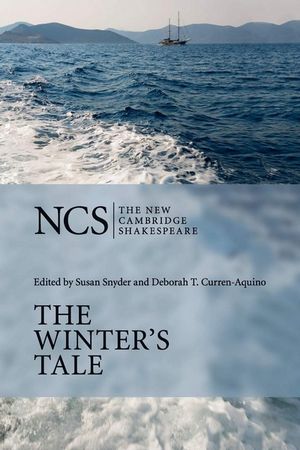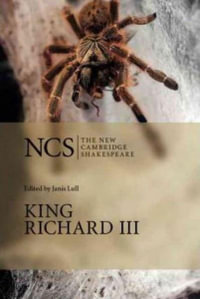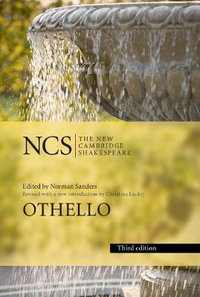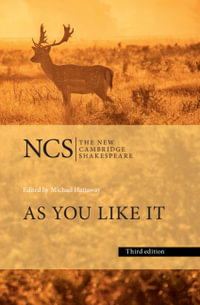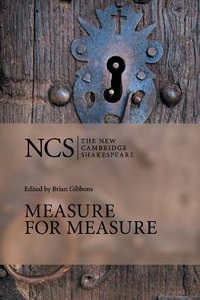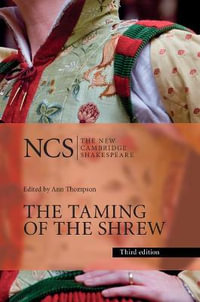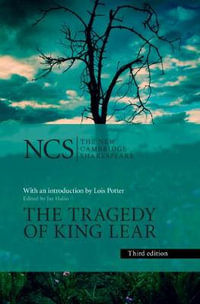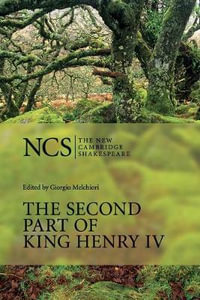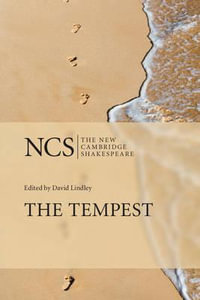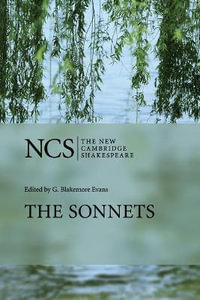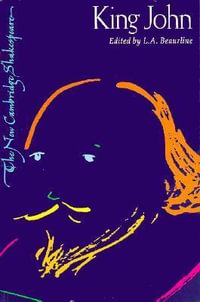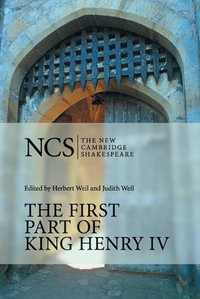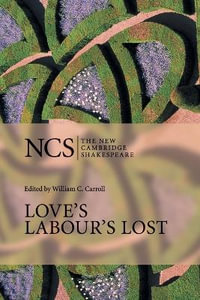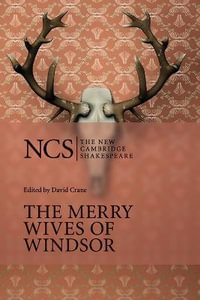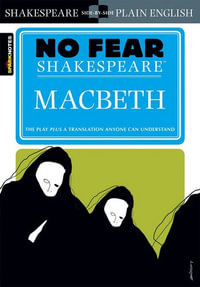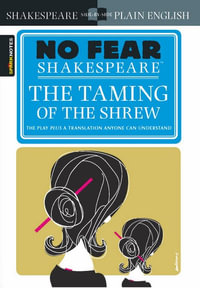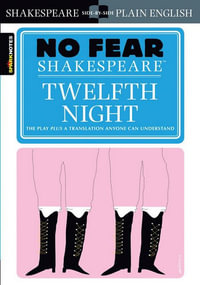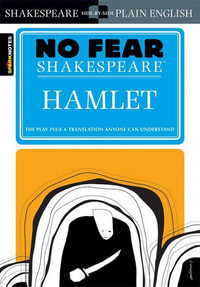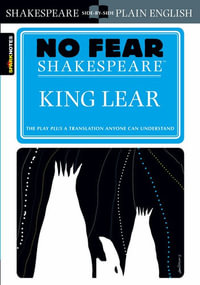The New Cambridge Shakespeare appeals to students worldwide for its up-to-date scholarship and emphasis on performance. The series features line-by-line commentaries and textual notes on the plays and poems and an extensive introduction.
The Winter's Tale is one of Shakespeare's most varied, theatrically self-conscious, and emotionally wide-ranging plays. Much of the play's copiousness inheres in its generic intermingling of tragedy, comedy, romance, pastoral, and the history play. In addition to dates and sources, the introduction attends to iterative patterns, the nature and cause of Leontes' jealousy, the staging and meaning of the bear episode, and the thematic and structural implications of the figure of Time. Special attention is paid to the ending and its tempered happiness. Performance history is integrated throughout the introduction and commentary. Appendices include the theatrical practice of doubling.
Features:
- Details the stage history of the play alongside helpful critical commentary throughout
- Contains thirty illustrations, including photographs of recent productions
- Includes four appendices - including a select chronology of performance history - and a detailed reading list
About the Editors
Susan Snyder was formerly a scholar in residence at the Folger Shakespeare Library and a former Professor of English at Swarthmore College.
Deborah T. Curren-Aquino is Reader at the Folger Shakespeare Library, Washington DC.
Industry Reviews
"One of Shakespeare's more problematic romances gets a picture-book treatment in Coville's new rendition. Jealous King Leontes suspects without reason that his wife and best friend are having an affair. Despite the protests of his most trusted advisors, he sentences his wife to death and demands that her newborn babe be cast into the wilderness. There the child is discovered by a kindly shepherd and raised as a peasant until the day a wayfaring prince falls in love with her. In true Shakespearean fashion, all works out well in the end with true identities discovered, families reunited and multiple weddings to boot. For a tale of suspected infidelity and death, author and artist do as much as they can for what boils down to a fairly adult story. Some judicious editing of the text would not have been out of place - the character of Autolycus weighs down an otherwise succinct narrative. Yet the cleverly selected direct quotes and theatrical watercolor and gouache images make this a more than adequate companion to the original play."
Kirkus Reviews (Picture book/play. 7-10)
